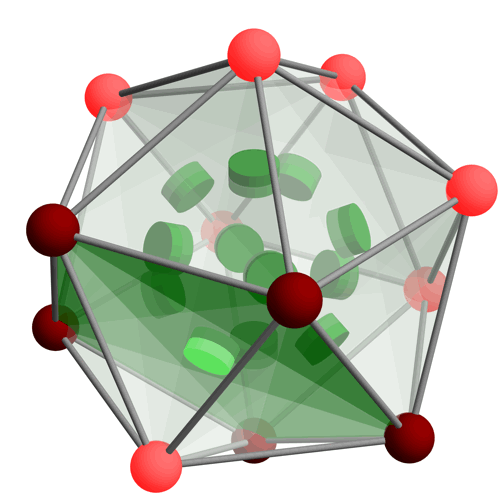Playing Moonshine
Games, Codes, Lattices and Moonshine.
Description
Moonshine describes a series of interesting connections between number theory, algebra and mathematical physics. One series of examples of moonshine is known as Umbral Moonshine, and can be described in terms of a set of lattices known as the Niemeier lattices. In general, a (real) lattice describes a discrete set of points in \(\mathbb{R}^n\), and the Niemeier lattices are particularly interesting examples of lattices in dimension 24. In order to describe the Niemeier lattices, we will need some linear error correcting codes, and these codes can themselves be described as the winning strategies for certain impartial games – games whose allowable moves depend only on the current state of the game, and not on the player whose turn it is.
In this project, we will begin by studying some examples of impartial games. We will learn how to describe the different positions of such games, and from this begin to develop strategies to win these games. We will see how the strategies for certain games may be described in terms of particularly interesting examples of error correcting codes, such as the Golay codes. We will then see how these codes can be used to construct the Niemeier lattices and how this gives rise to examples of moonshine.
Prerequisites
Algebra II is a prerequisite for this project. Those students who are also studying Cryptography and Codes III will likely find this helpful, though this is not a requirement.
Resources
- J. H. Conway, On Numbers and Games
- E. R. Berlekamp, J. H. Conway & R. K. Guy, Winning ways for your mathematical plays
- W. C. Huffman & V. Pless, Fundamentals of error correcting codes
- J. H. Conway & N. J. A. Sloane, Sphere Packings, Lattices and Groups


